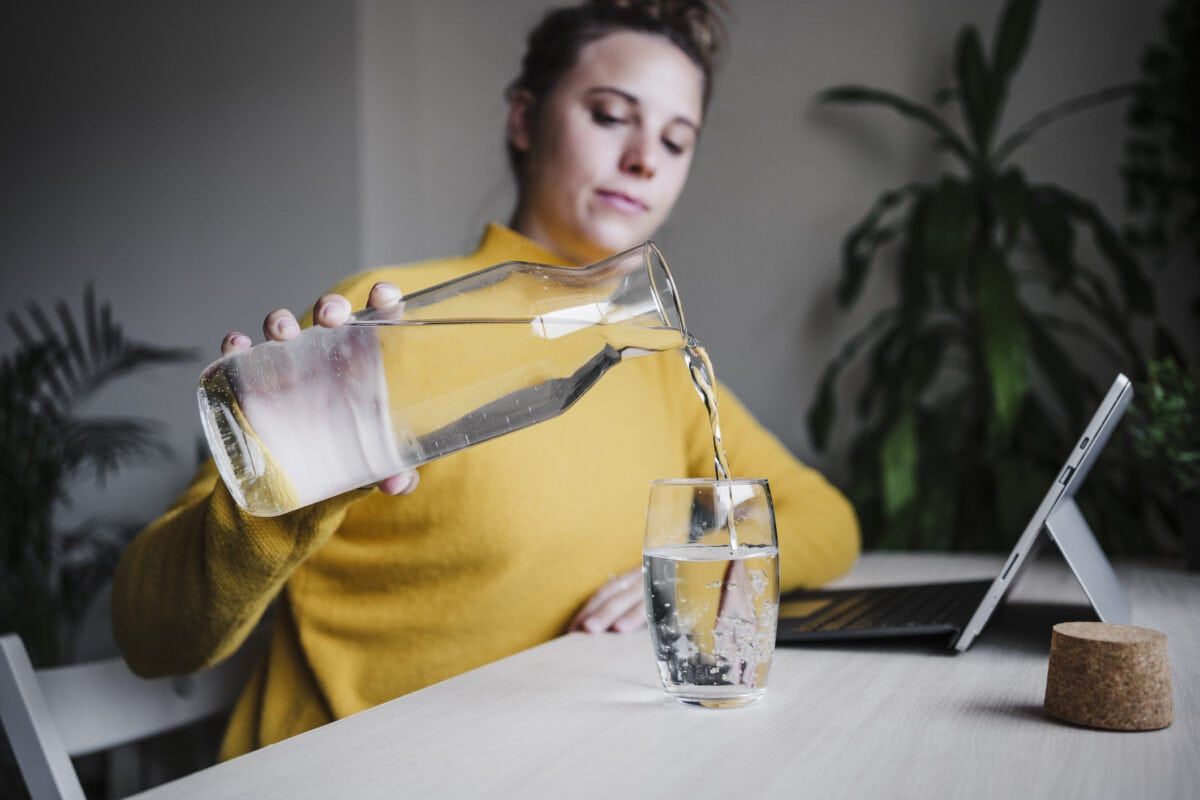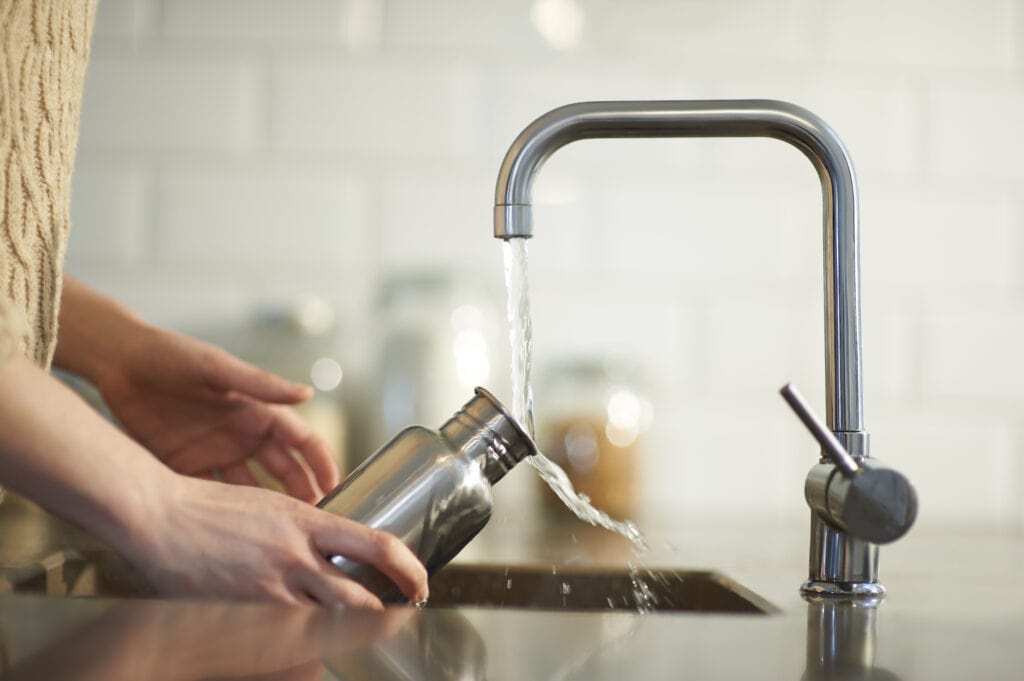We all know that plastic pollution is a major environmental issue, but what if I told you that it’s not just the oceans and landfills that are affected?
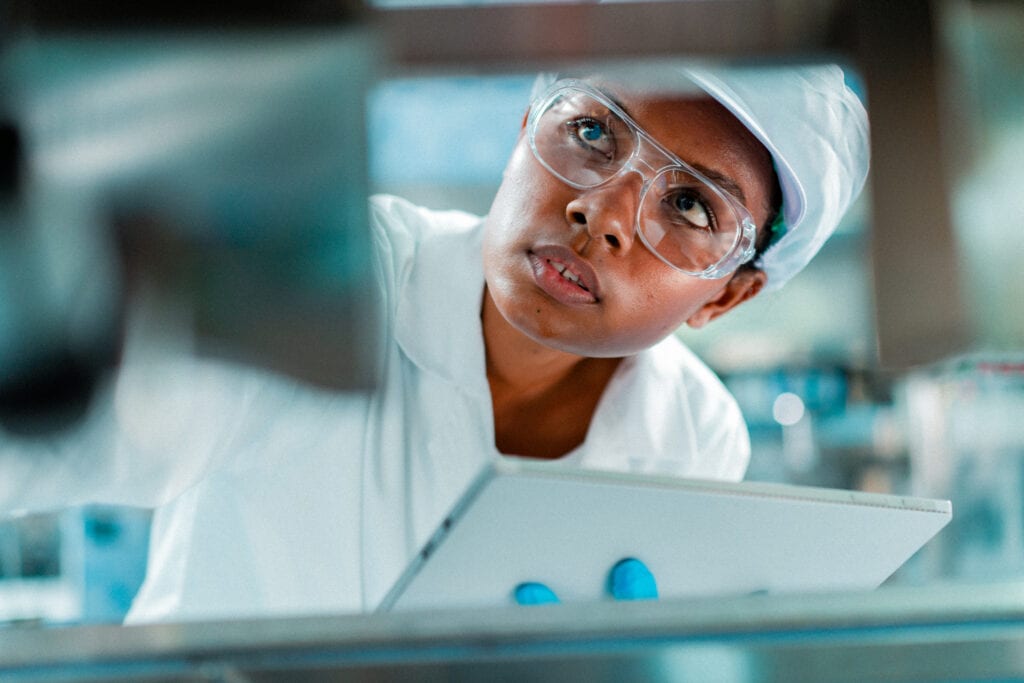
A recent research study conducted by Columbia University and Rutgers University has uncovered a disturbing truth about the water we drink – it’s contaminated with an alarming number of plastic particles.
Researchers found approximately 240,000 detectable plastic fragments in a typical liter of bottled water.
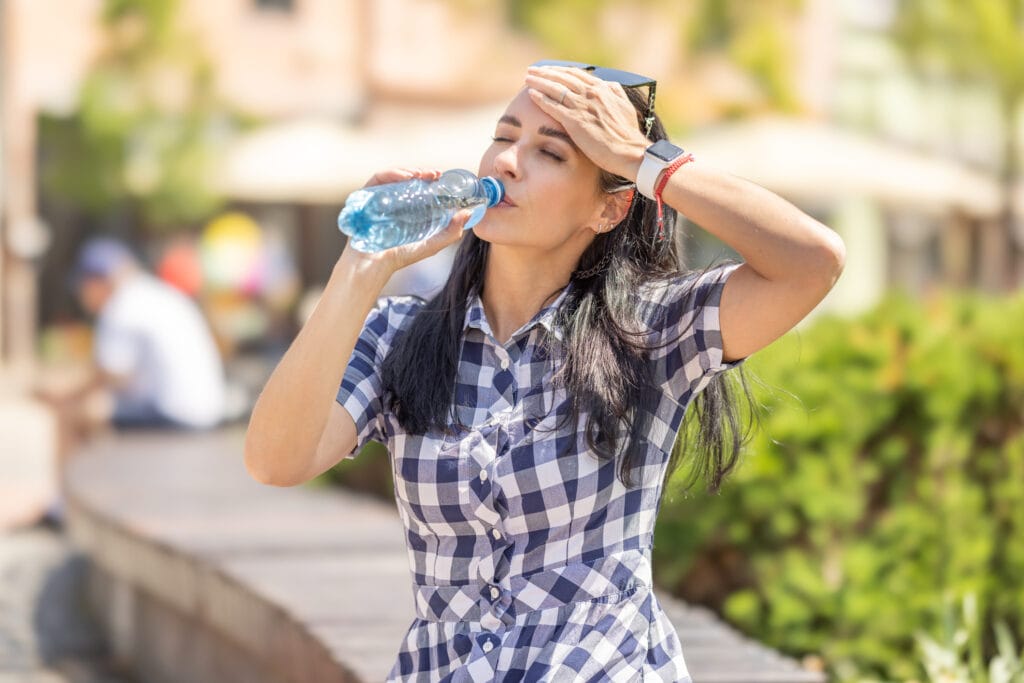

This shocking discovery has raised serious concerns about the potential health risks associated with consuming plastic-contaminated water.
The Nanoplastic Menace
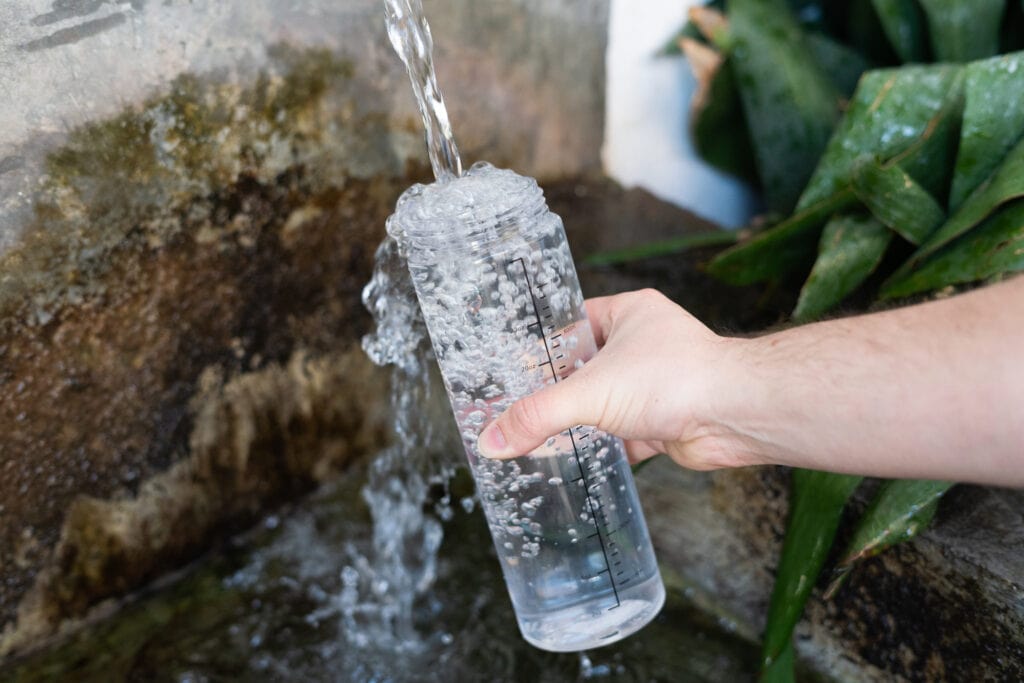
The study, published in the Proceedings of the National Academy of Sciences, revealed that the majority of the plastic fragments detected in the bottled water were nanoplastics.

These are particles that are less than 1 micrometer in size, making them invisible to the naked eye.
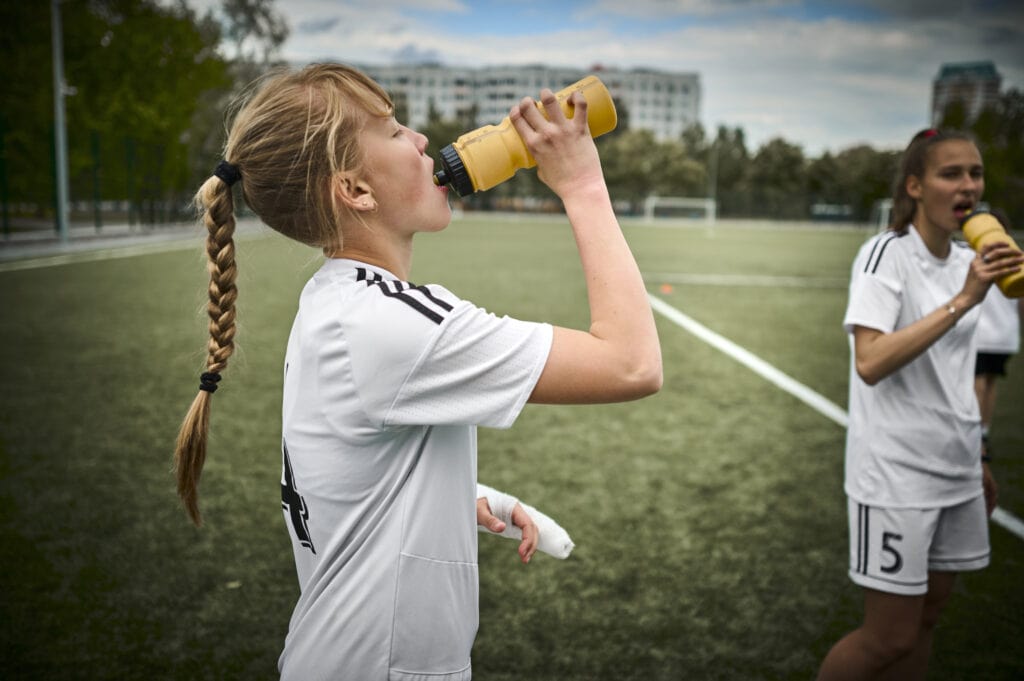
To put it into perspective, a human hair is about 70 micrometers thick, which means these nanoplastics are incredibly tiny.
Microplastics and Nanoplastics: What’s the Difference?
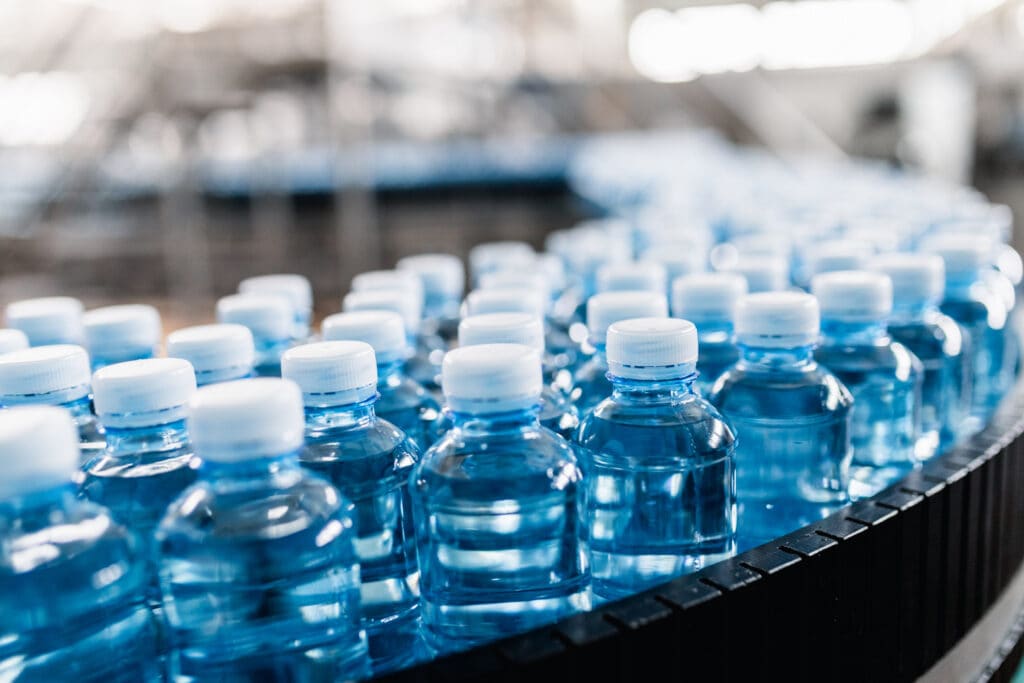
Before we dive deeper into the implications of this research, let’s clarify the difference between microplastics and nanoplastics.
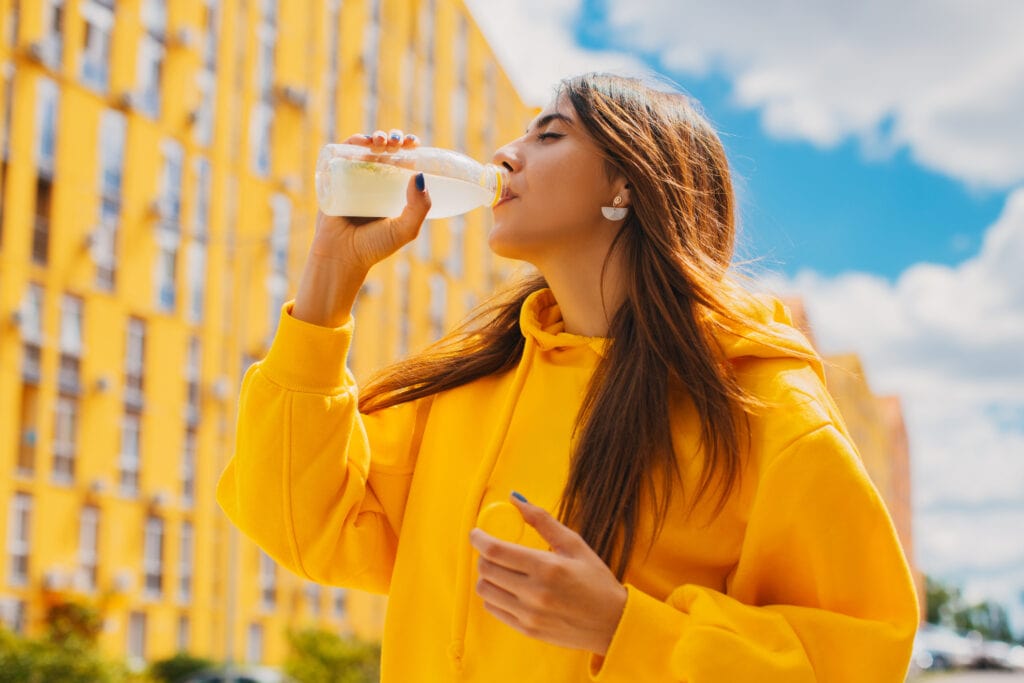
Microplastics are larger particles, ranging from 5 millimeters to 1 micrometer in size.
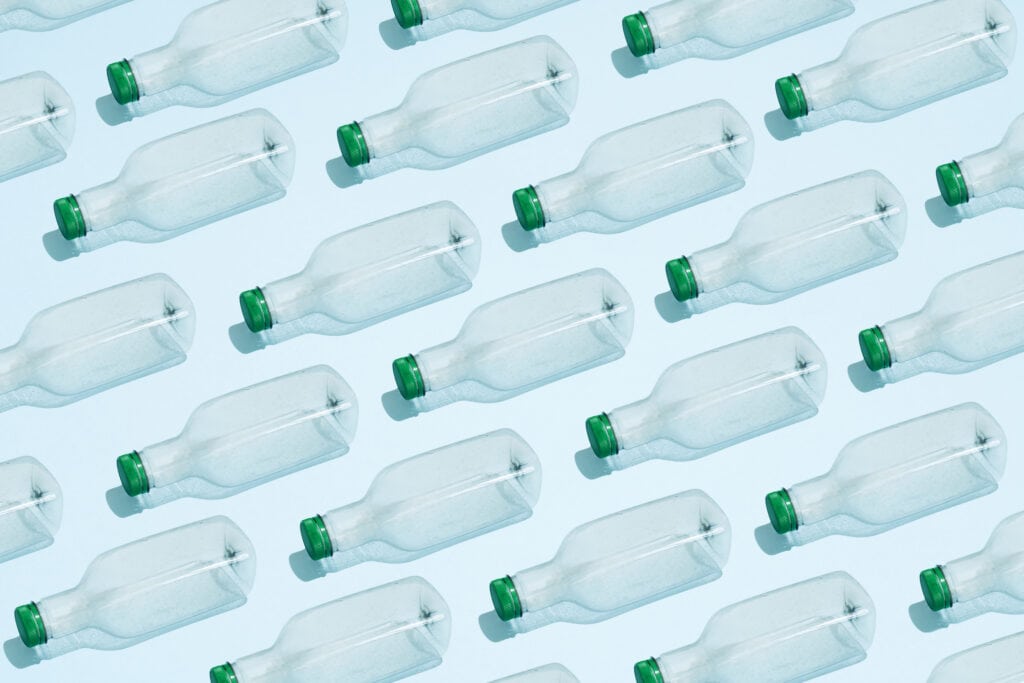
They have already been found in various parts of the human body, including the lungs, excrement, blood, and even placentas.
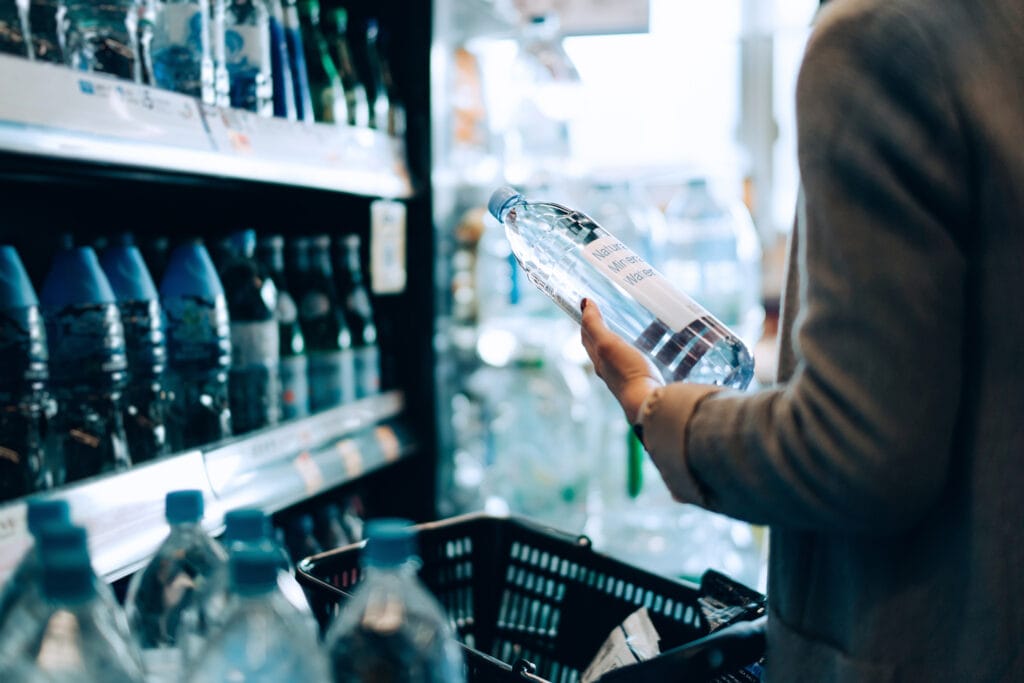
Nanoplastics, on the other hand, are even smaller than microplastics, measuring less than 1 micrometer.
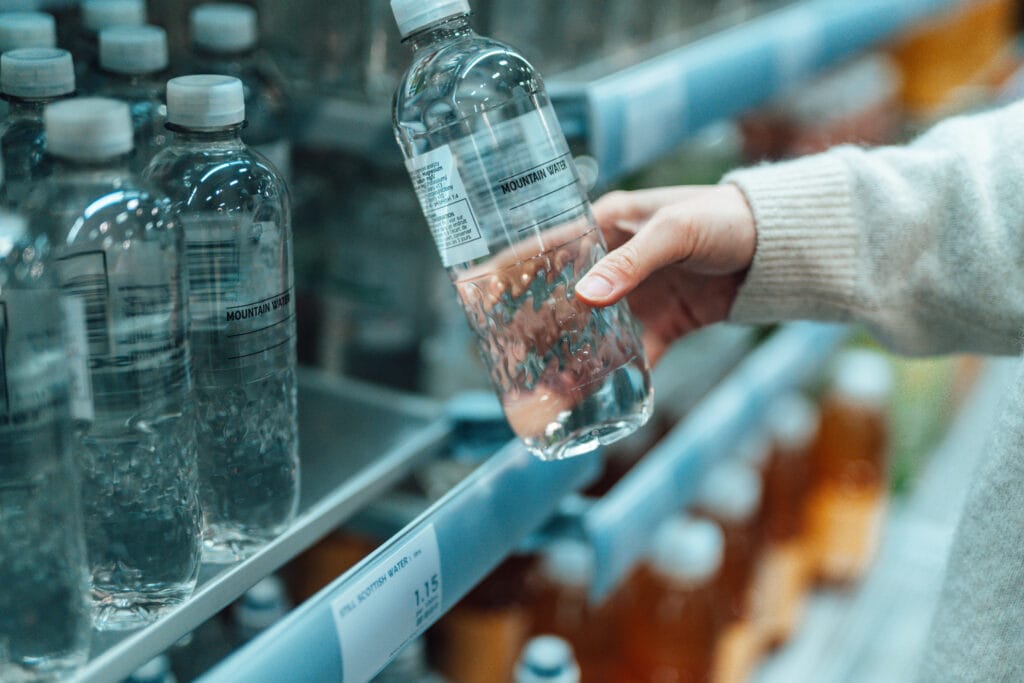
Due to their size, nanoplastics can easily be mistaken as natural components of cells, making them potentially more dangerous when ingested.
The Detection Method
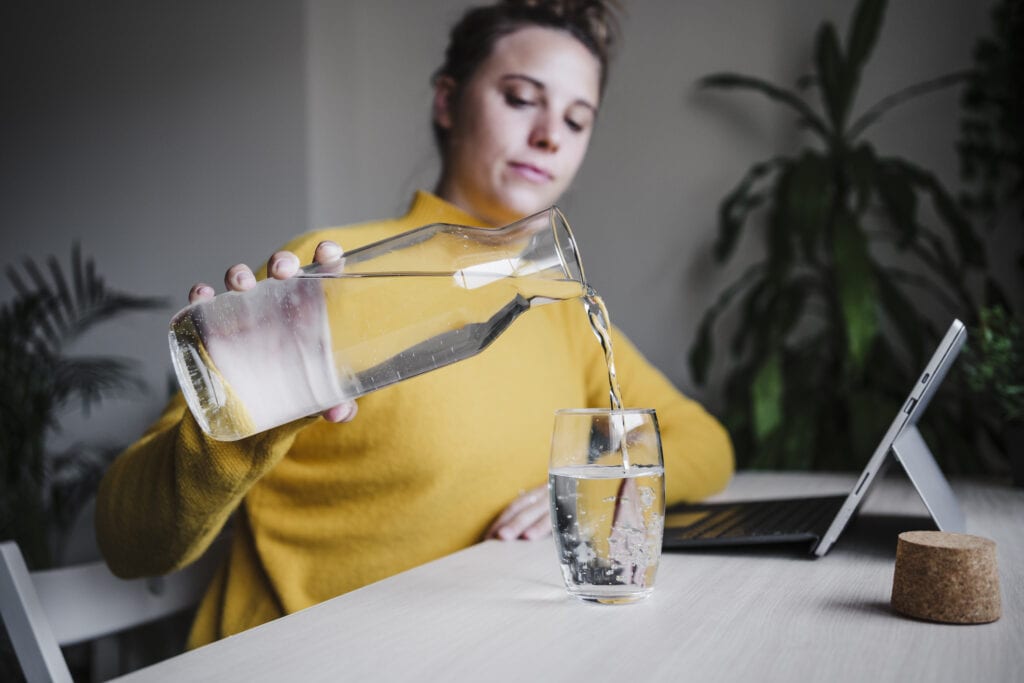
The researchers utilized a cutting-edge technology called stimulated Raman scattering (SRS) microscopy, combined with machine learning, to detect and identify the plastic particles in the bottled water samples.
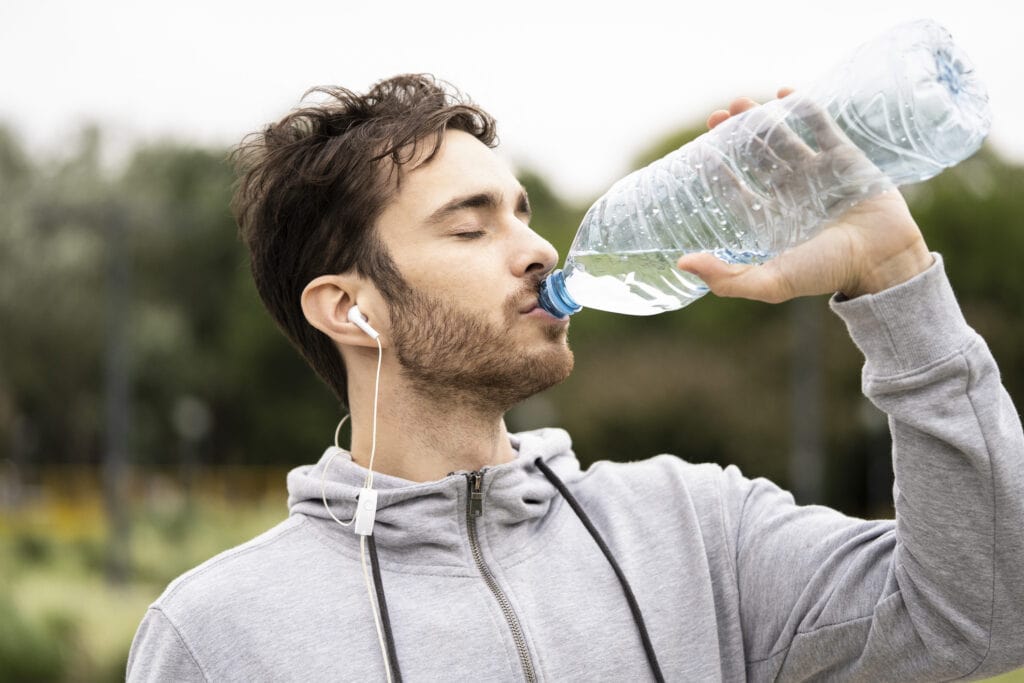
They specifically searched for seven common types of plastic: polyamide 66, polypropylene, polyethylene, polymethyl methacrylate, polyvinyl chloride, polystyrene, and polyethylene terephthalate.

By using this advanced detection method, they were able to quantify the plastic fragments present in the water.
The Alarming Findings
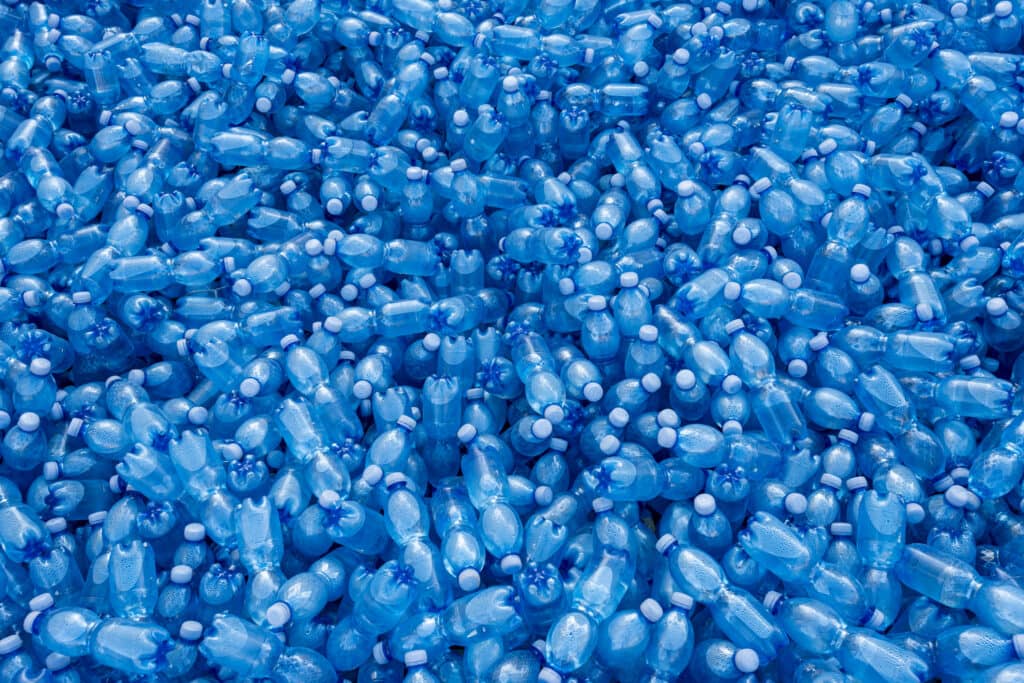
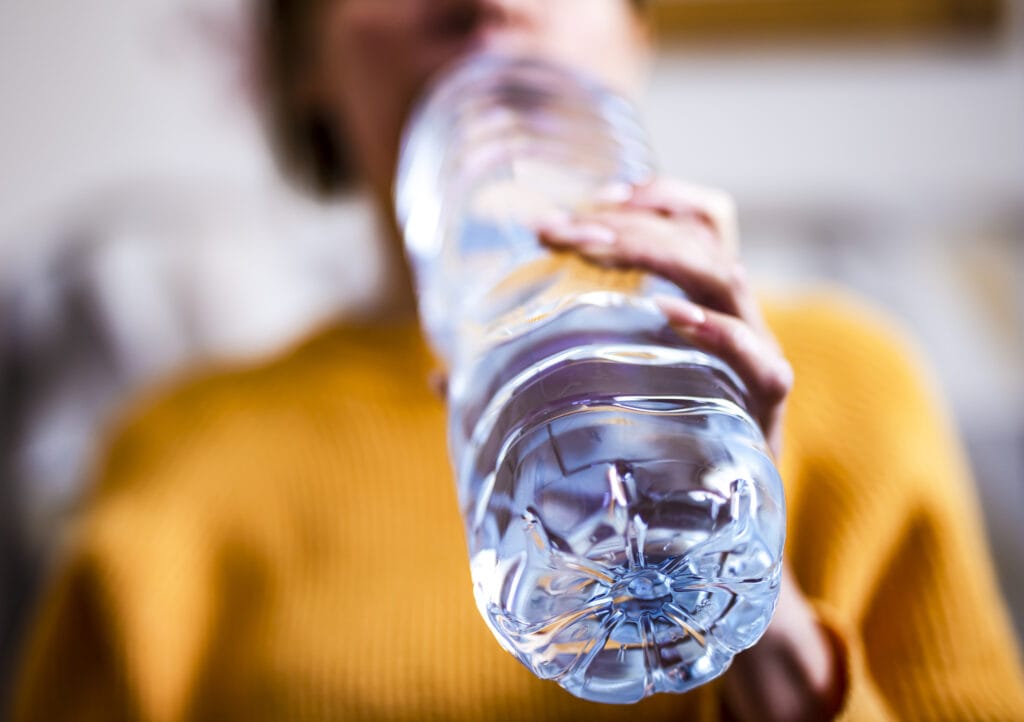
On average, a liter of bottled water contains around 240,000 detectable plastic fragments.
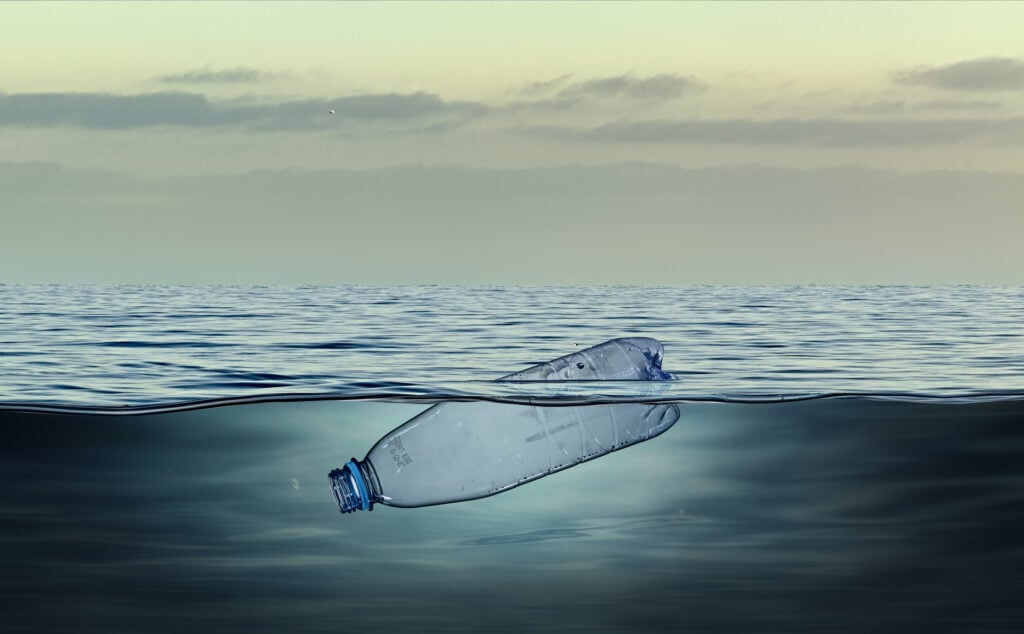
While 10% of these particles are microplastics, the remaining 90% are even smaller nanoplastics.
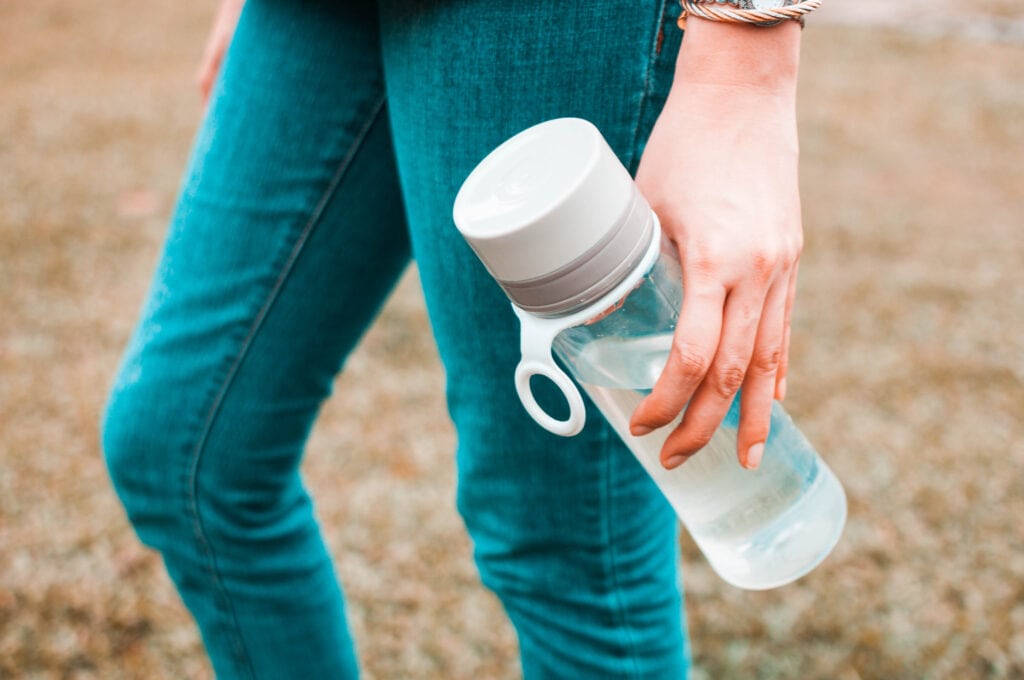
This means that every time you take a sip of bottled water, you could be ingesting thousands of unseen plastic particles.
The Potential Health Impacts
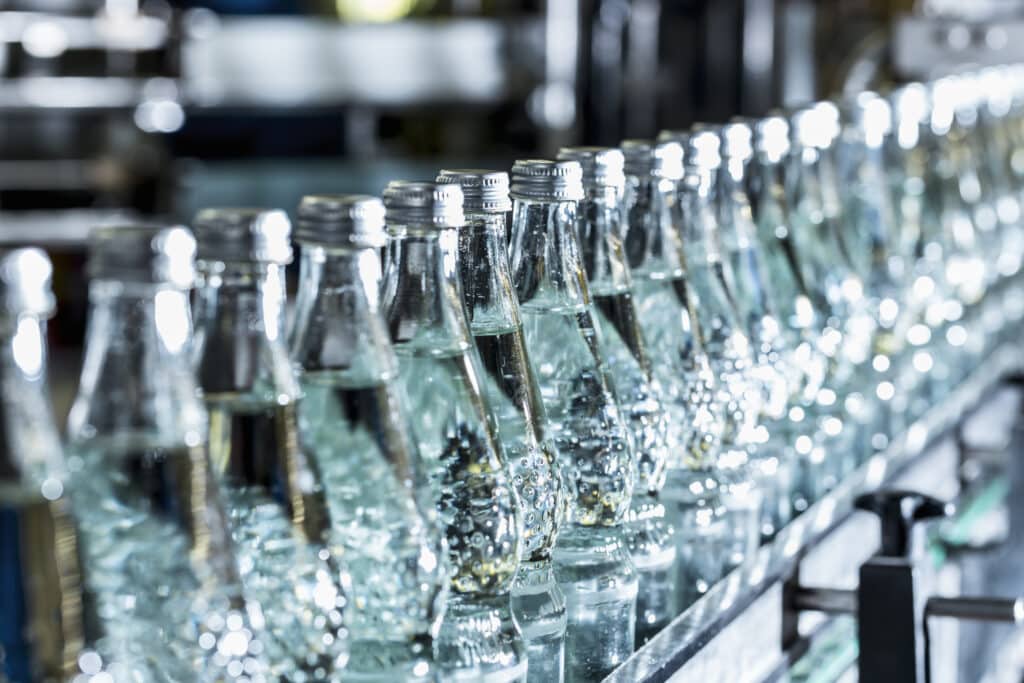
The presence of plastic particles in our drinking water raises significant concerns about potential health impacts.

While there is still ongoing research to fully understand the specific health risks, the smaller size of nanoplastics makes them more likely to be absorbed into our cells.

This raises the possibility of them interfering with cellular processes and potentially causing adverse effects on human health.
Shedding Light on the Invisible World

Phoebe Stapleton, a study co-author and professor of pharmacology and toxicology at Rutgers University, emphasizes the significance of their research.

Until now, the presence of nanoplastics in water was difficult to quantify and visualize.

This study not only provides a computer-generated image of the plastic fragments but also allows for their quantification and chemical analysis.

It’s like opening a new window into this previously invisible world of plastic pollution.
The Source of Contamination
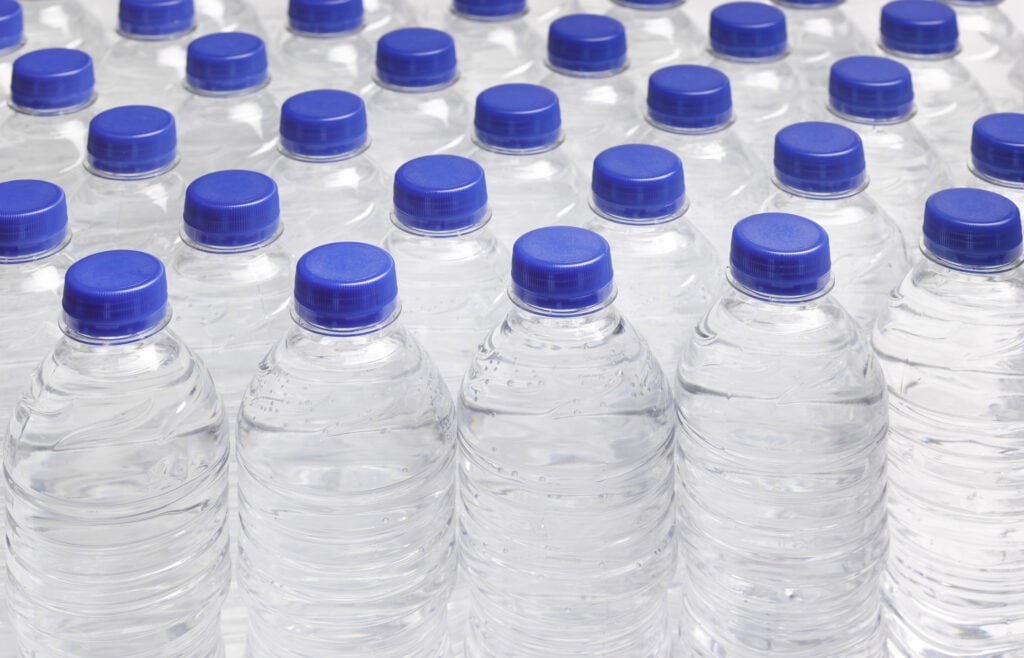
Filtering the Problem
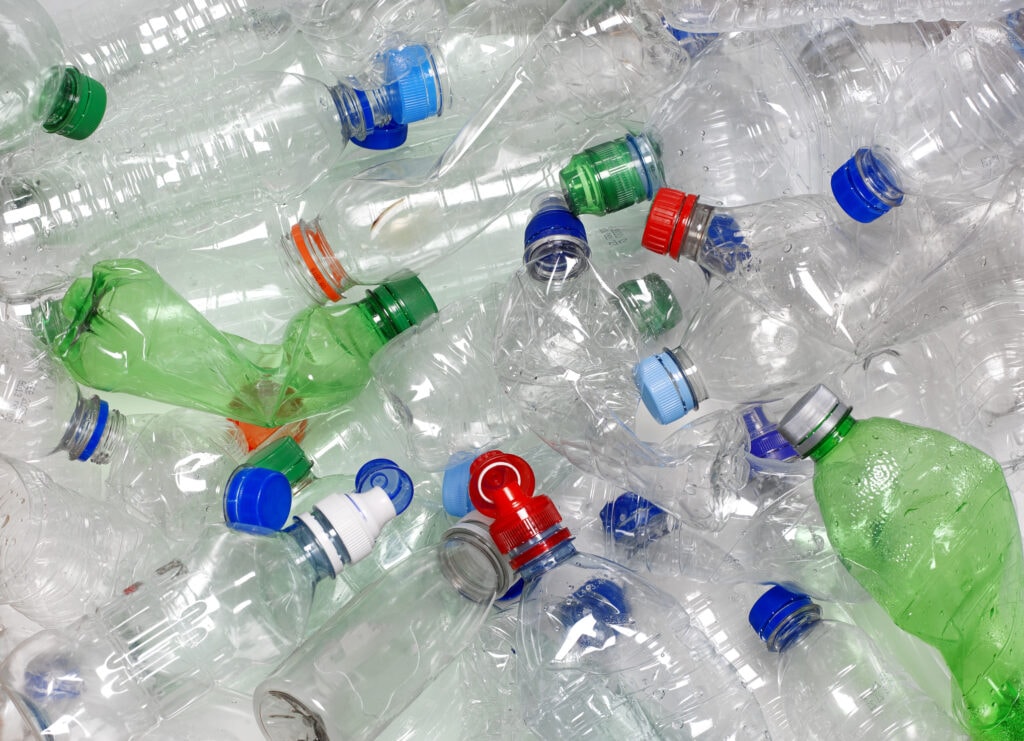
Ironically, one of the potential sources of plastic contamination in bottled water could be the very filters used to purify it.
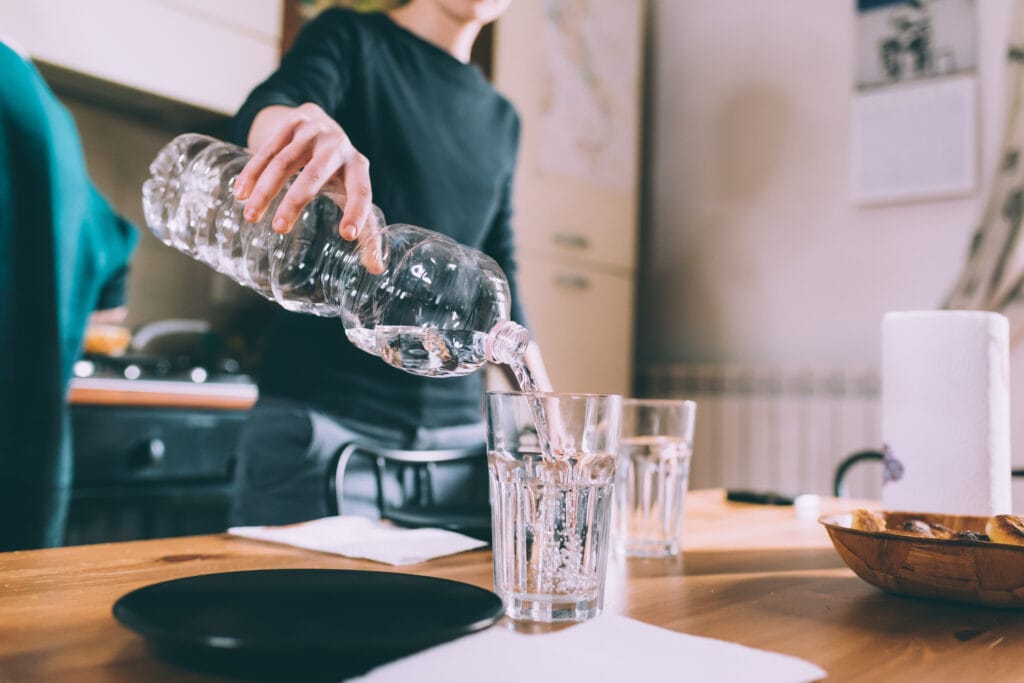
Plastic filters used in various water filtration systems may shed plastic particles into the water, adding to the overall plastic pollution problem.
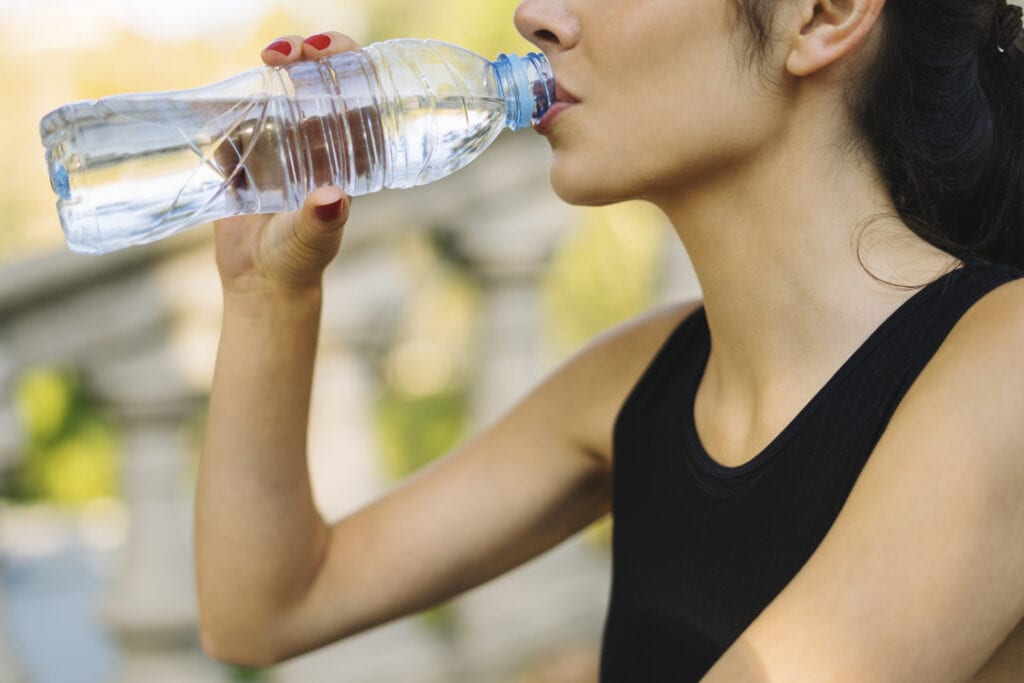
This raises questions about the effectiveness of these filters and the need for further research to develop standardized methods for measuring and quantifying nanoplastics in our environment.
Bottled Water Industry Response

The International Bottled Water Association, an industry group representing water bottlers and distributors, responded to the study by highlighting the need for further review by the scientific community.

They emphasized that there is currently no scientific consensus on the potential health impacts of nano- and microplastic particles in drinking water.

The association also cautioned against unnecessary alarm caused by media reports and stressed the importance of responsible communication.
The Quest for Answers
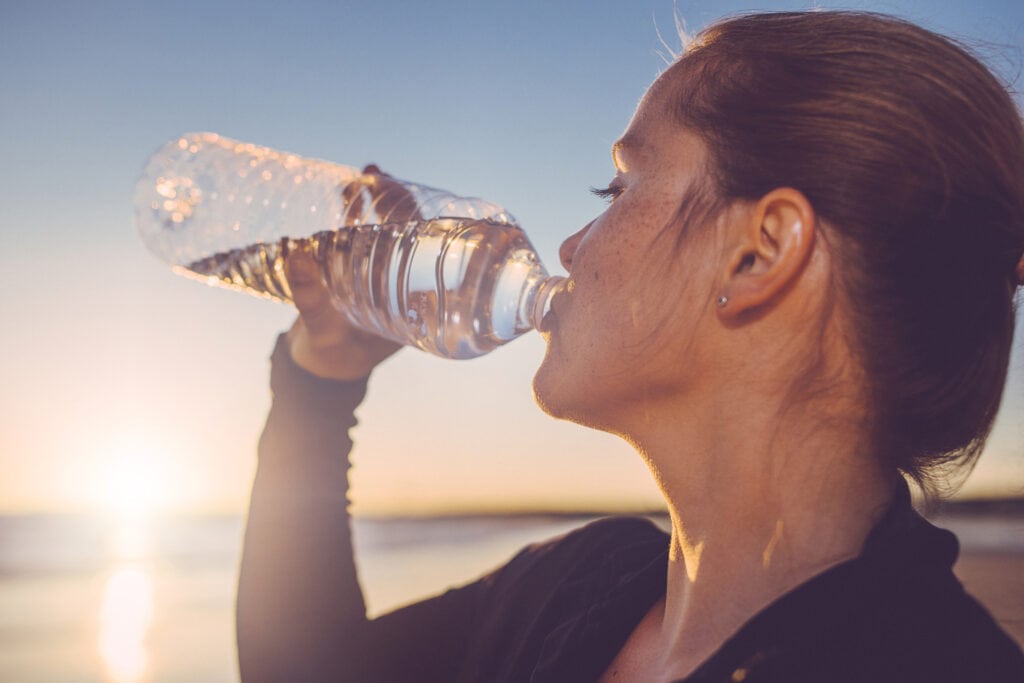
The Need for Further Research
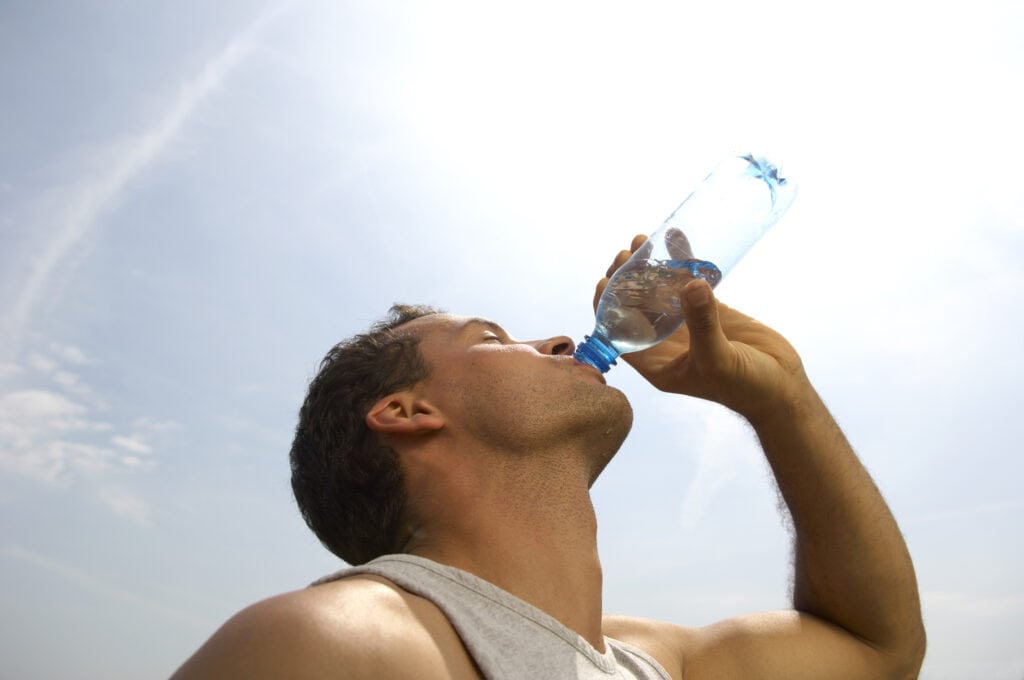
While this research sheds light on the plastic pollution problem in bottled water, it is just the tip of the iceberg.
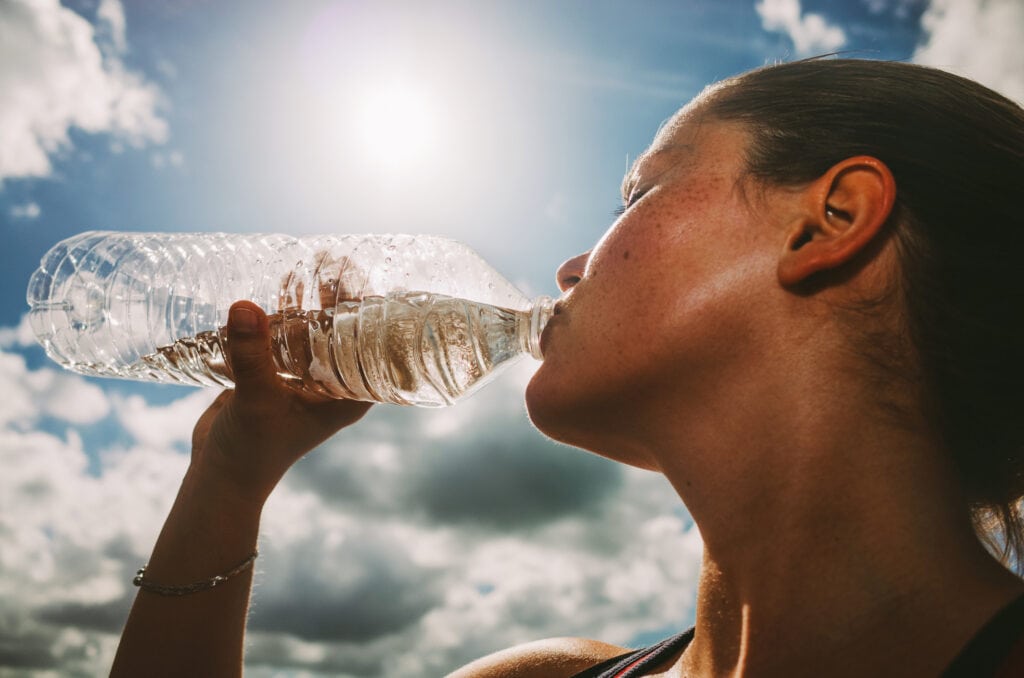
There is still much to learn about the extent of plastic contamination in various water sources, including tap water.

Future research using the same advanced detection methods could provide valuable insights into the presence of plastic particles in tap water, air, food, and even human tissues.
A Wake-Up Call for Plastic Consumption

The findings of this study should serve as a wake-up call for all of us.
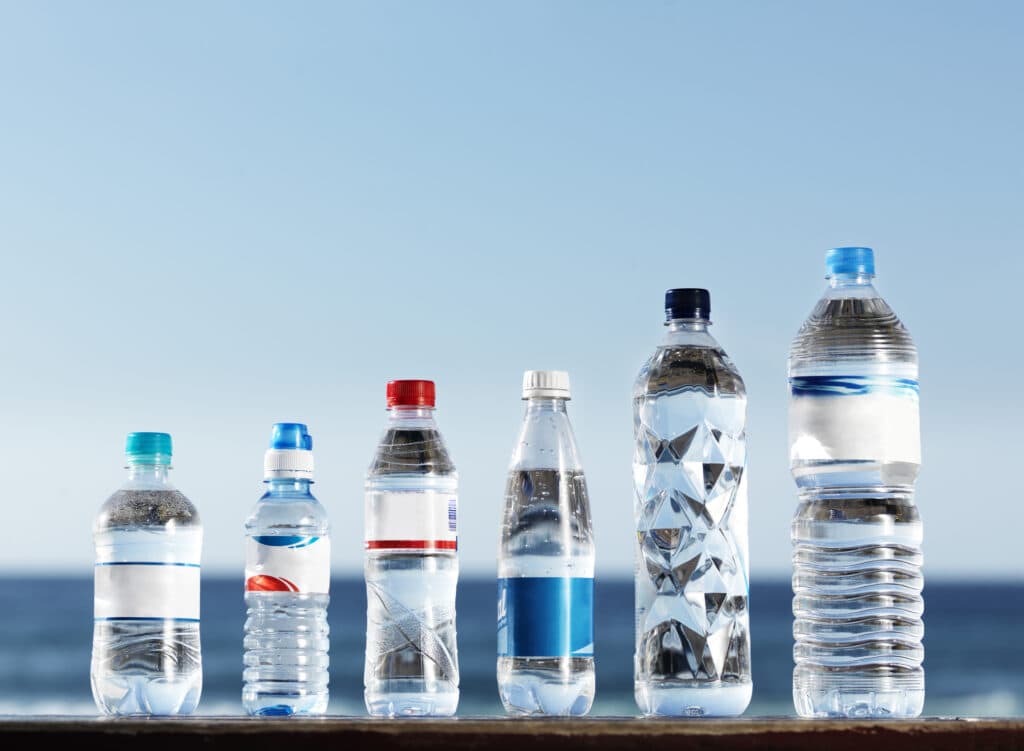
The rampant use of plastic in our daily lives has far-reaching consequences that extend beyond what we can see.

By reducing our plastic consumption and advocating for more sustainable practices, we can contribute to mitigating the plastic pollution crisis.
